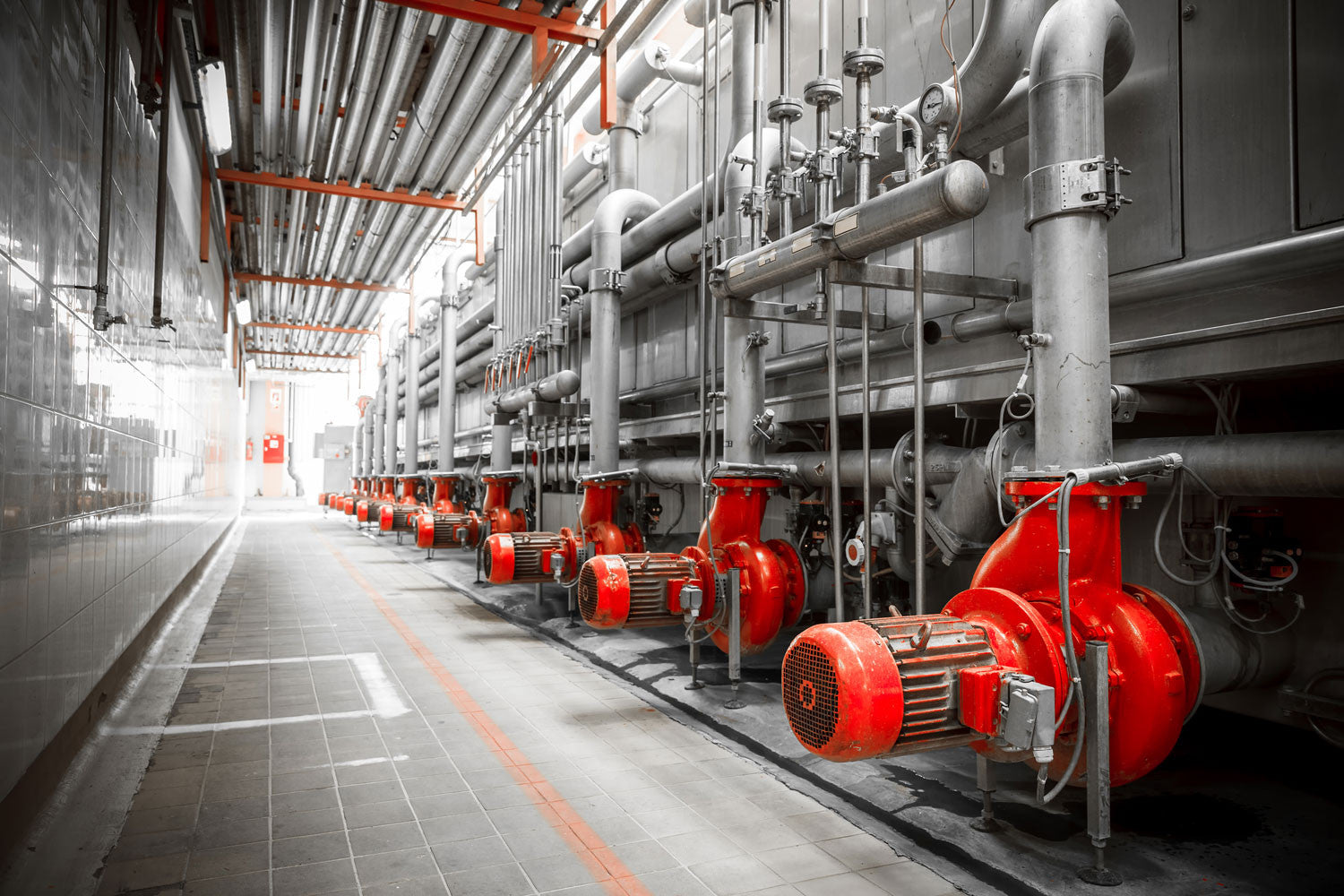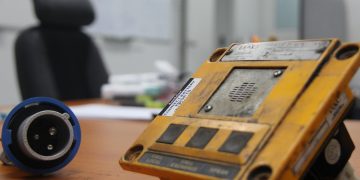More About Roar Solutions
More About Roar Solutions
Blog Article
Excitement About Roar Solutions
Table of ContentsHow Roar Solutions can Save You Time, Stress, and Money.Little Known Questions About Roar Solutions.Some Ideas on Roar Solutions You Should Know
In such an environment a fire or explosion is feasible when 3 standard conditions are fulfilled. This is commonly described as the "dangerous location" or "burning" triangle. In order to safeguard installments from a prospective explosion an approach of analysing and classifying a possibly hazardous location is needed. The objective of this is to ensure the correct choice and setup of devices to ultimately prevent a surge and to make sure security of life.
(https://roarsolutions.carrd.co/)
No tools should be mounted where the surface temperature level of the devices is higher than the ignition temperature of the offered danger. Below are some usual dust harmful and their minimal ignition temperature level. Coal Dust 380C 225C Polythene 420C (thaws) Methyl Cellulose 420C 320C Starch 460C 435C Flour 490C 340C Sugar 490C 460C Grain Dust 510C 300C Phenolic Resin 530C > 450C Aluminium 590C > 450C PVC 700C > 450C Soot 810C 570C The likelihood of the danger being existing in a concentration high enough to cause an ignition will differ from location to location.
In order to categorize this danger an installation is divided into areas of threat depending upon the quantity of time the harmful exists. These locations are described as Areas. For gases and vapours and dirts and fibers there are 3 areas. Zone 0 Zone 20 A dangerous environment is very likely to be present and may exist for extended periods of time (> 1000 hours per year) or perhaps constantly Zone 1 Zone 21 A dangerous atmosphere is possible but unlikely to be present for long durations of time (> 10 450 C [842 F] A category of T6 means the minimum ignition temperature level is > 85 C [185 F] Hazardous area electrical tools possibly made for usage in greater ambient temperature levels. This would certainly suggested on the ranking plate e.g. EExe II C T3 Ta + 60C( This means at 60C ambient T3 will certainly not be gone beyond) T1 T1, T2, T3, T4, T5, T6 T2 T2, T3, T4, T5, T6 T3 T3, T4, T5, T6 T4 T4, T5, T6 T5 T5, T6 T6 T6 A T Class ranking of T1 indicates the maximum surface temperature level generated by the tool at 40 C is 450 C. Thinking the associated T Class and Temperature level ranking for the devices are proper for the location, you can always utilize an instrument with an extra strict Department rating than needed for the location. There isn't a clear solution to this question unfortunately. It truly does depend upon the kind of tools and what repairs need to be accomplished. Tools with certain examination procedures that can't be done in the area in order to achieve/maintain 3rd party score. Must return to the manufacturing facility if it is prior to the equipment's service. Area Repair By Authorised Worker: Complicated testing might not be called for however certain procedures may require to be followed in order for the tools to maintain its 3rd party ranking. Authorized employees need to be used to execute the job correctly Repair work must be a like for like substitute. New element need to be considered as a straight replacement needing no special testing of the devices after the repair work is complete. Each tool with a dangerous rating need to be assessed individually. These are outlined at a high level listed below, however, for even more comprehensive info, please refer directly to the standards.
Roar Solutions - An Overview
The devices register is a thorough data source of devices records that consists of a minimum collection of areas to identify each item's place, technological criteria, Ex lover classification, age, and ecological information. The proportion of Comprehensive to Shut evaluations will be determined by the Equipment Threat, which is assessed based on ignition danger (the likelihood of a source of ignition versus the probability of a combustible atmosphere )and the unsafe area classification
( Zone 0, 1, or 2). Implementing a durable Risk-Based Assessment( RBI )technique is important for guaranteeing conformity and security in managing Electrical Tools in Hazardous Areas( EEHA).
Roar Solutions Fundamentals Explained

In regards to explosive risk, an unsafe location is a setting in which an eruptive atmosphere exists (or may be anticipated to be present) in amounts that call for special safety measures for the building and construction, setup and use devices. eeha courses. In this write-up we discover the difficulties encountered in the work environment, the danger control steps, and the needed proficiencies to function safely
These substances can, in certain conditions, form explosive environments and these can have major and tragic repercussions. Most of us are familiar with the fire triangular eliminate any type of one of the 3 components and the fire can not occur, yet what does this mean in the context of harmful locations?
In many circumstances, we can do little regarding the degrees of oxygen airborne, but we can have considerable influence on resources of ignition, as an example electrical tools. Unsafe areas are recorded on the harmful location classification drawing and are identified on-site by the triangular "EX LOVER" sign. Below, amongst other key details, zones are split into 3 kinds relying on the threat, the chance and period that an eruptive environment will exist; Area 0 or 20 is deemed one of the most hazardous and Area 2 or 22 is regarded the least.
Report this page